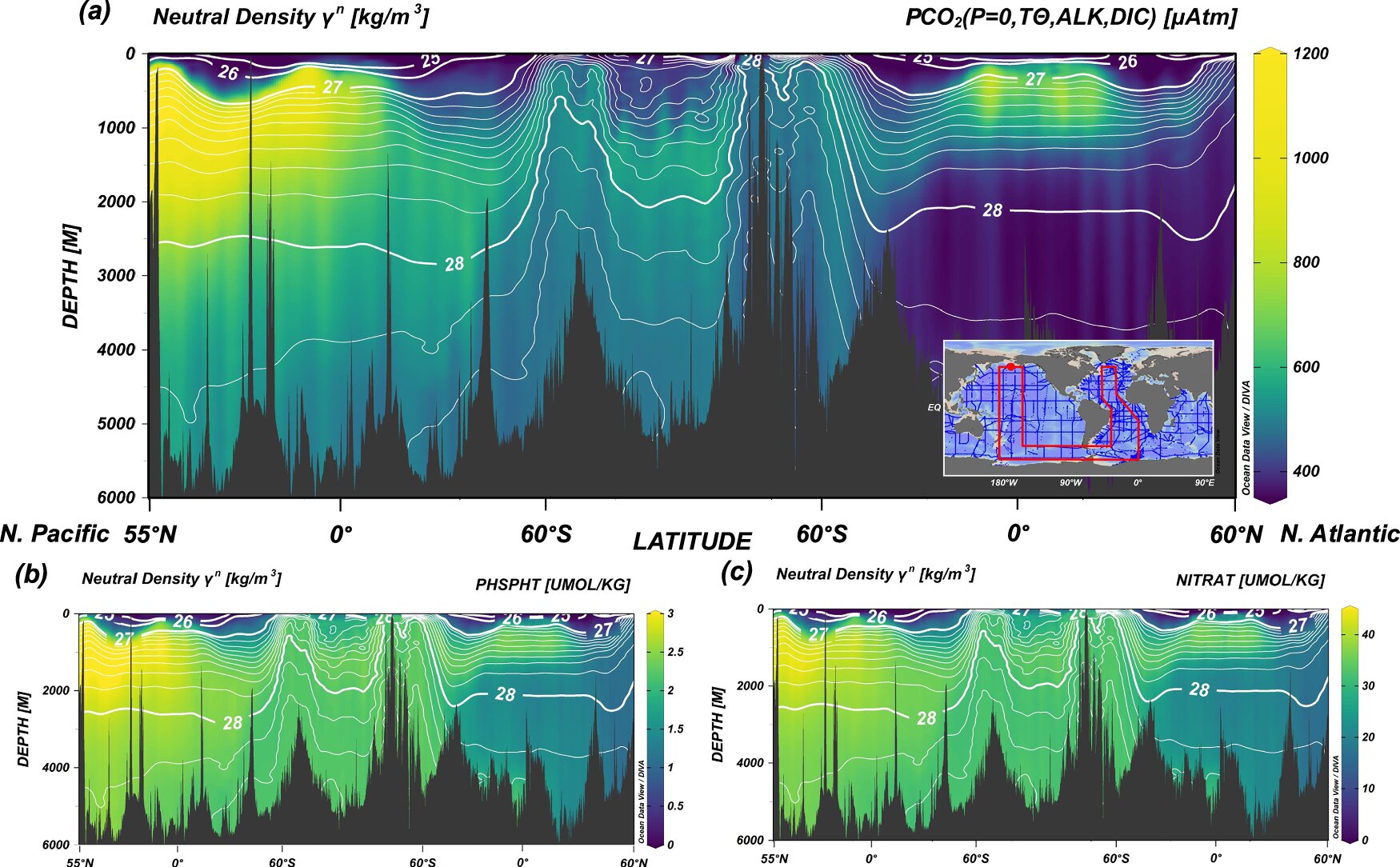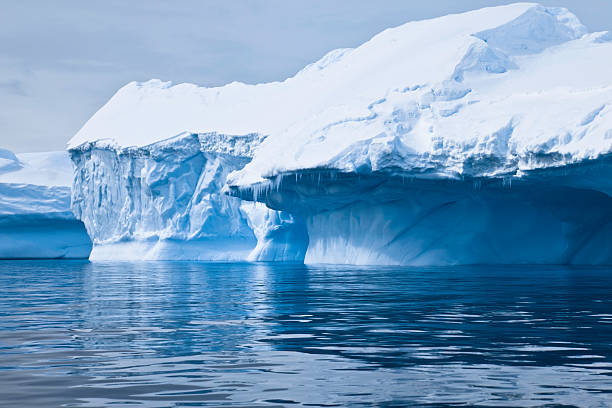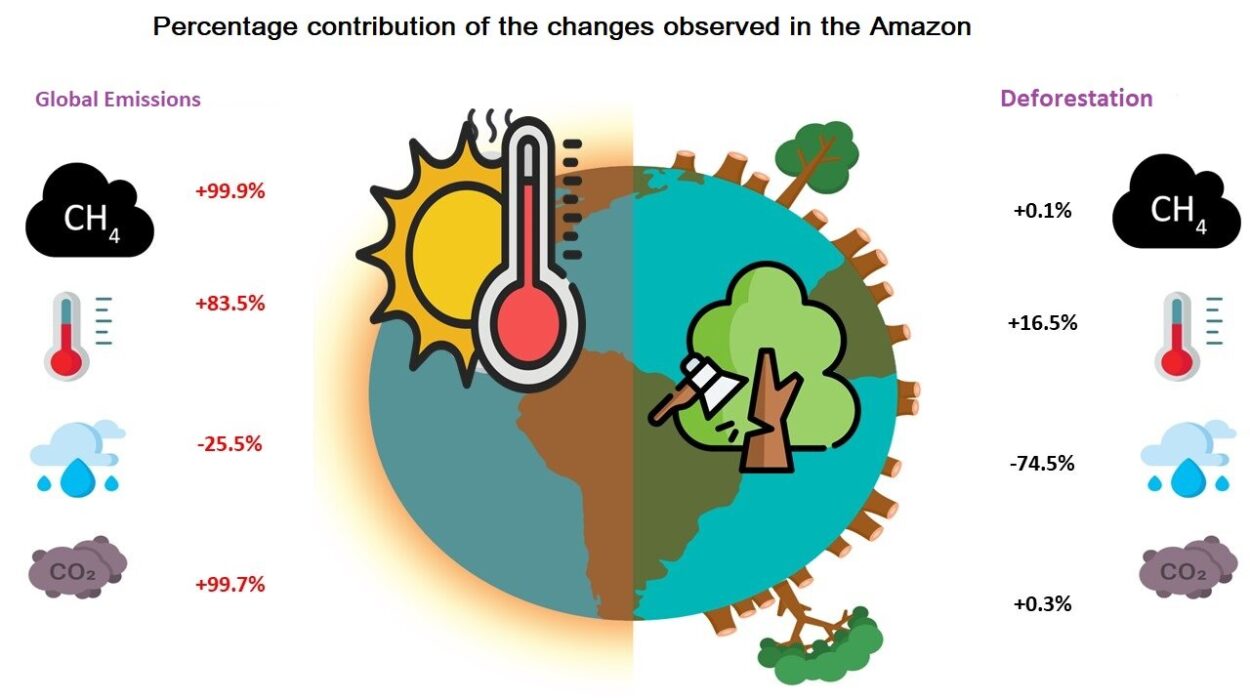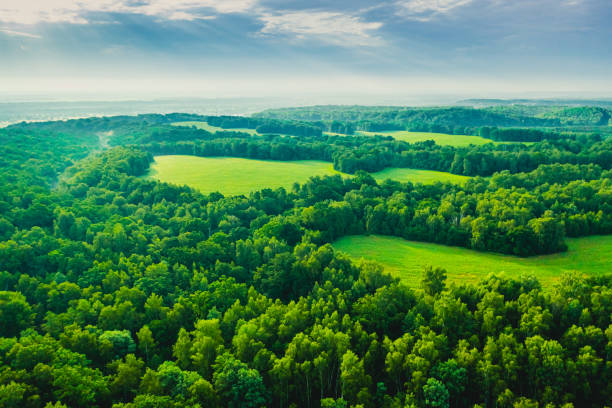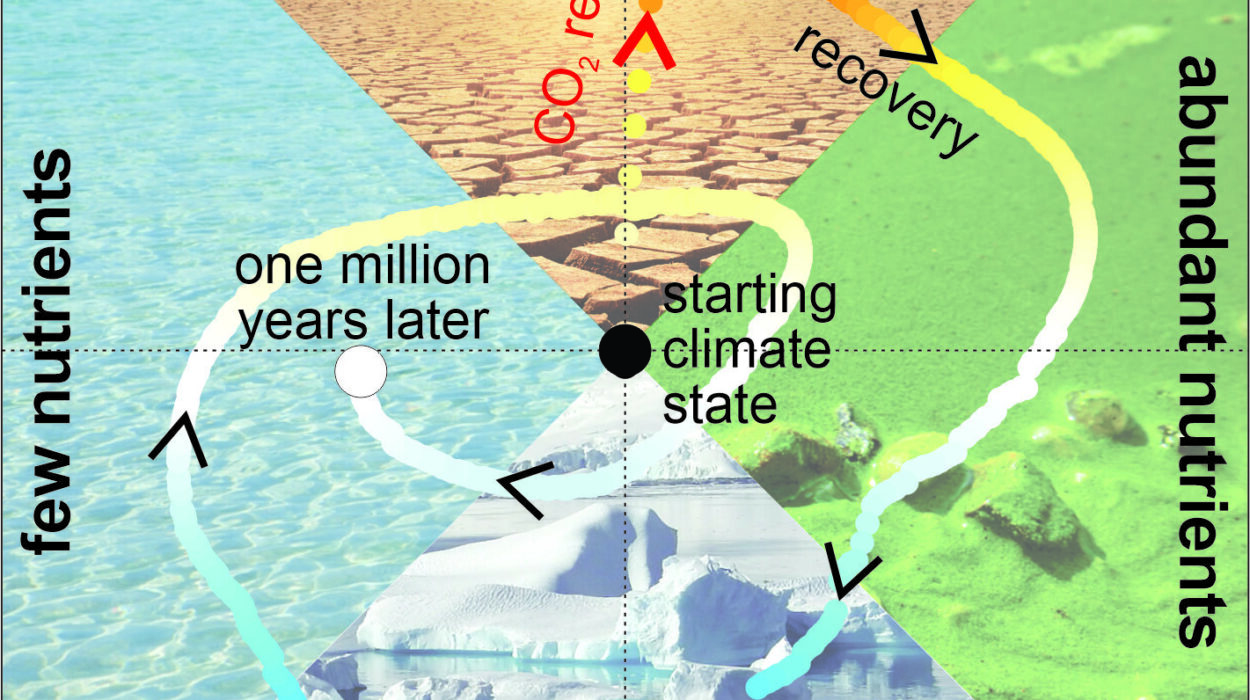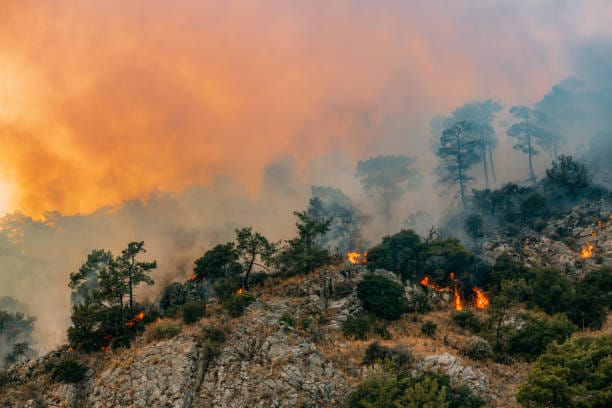Deep beneath the surface of our planet’s vast oceans lies one of Earth’s most powerful — and least understood — climate systems. The ocean is not just a body of water; it is a breathing entity, inhaling and exhaling carbon dioxide (CO₂) as it circulates through the planet’s blue arteries. This exchange has long shaped the Earth’s climate, determining whether we bask in warmth or shiver through ice ages.
Now, new research from the University of St Andrews has uncovered a striking piece of this ancient climate puzzle — revealing that a vigorous circulation in the Pacific Ocean during past ice ages may have played a vital role in lowering atmospheric CO₂, helping to cool the Earth.
The Great Carbon Balancing Act
Today, the Southern Ocean — the swirling, wind-lashed waters encircling Antarctica — is one of the planet’s most important gateways for carbon. It acts like a massive exhalation point for the world’s oceans, releasing huge quantities of CO₂ into the atmosphere.
This “outgassing” happens because the Pacific Ocean, especially its deep waters, slowly accumulates carbon as it circulates. Over centuries, this carbon-rich water drifts southward, eventually rising to the surface in the Southern Ocean, where the carbon escapes into the air.
But the new study, published in Nature Communications, shows that during Earth’s past ice ages, this delicate balance was profoundly different. Using advanced computer simulations, researchers found that the Pacific Ocean once circulated far more vigorously — and this ancient pulse of motion may have kept vast amounts of carbon locked away in the deep sea.
A More Active Pacific and a Colder Planet
During the last ice age, roughly 20,000 years ago, global temperatures plummeted and massive ice sheets stretched across continents. Scientists have long known that atmospheric CO₂ levels were much lower during that period, but the exact reasons why remained unclear.
The new research suggests that one of the key drivers was a change in how the Pacific Ocean moved. Earlier geological evidence from the North Pacific had hinted that the ocean currents were stronger and more dynamic during the ice age. Building on this, the University of St Andrews team used global climate models to simulate how this energetic circulation pattern might have affected the planet’s carbon cycle.
Their findings were remarkable. A more vigorous Pacific circulation meant that surface waters were constantly being replenished and mixed, preventing carbon from accumulating near the surface. Instead, it was trapped deeper in the ocean. When these carbon-poor waters eventually reached the Southern Ocean, they released far less CO₂ into the air.
According to the models, this process cut Southern Ocean carbon outgassing by roughly 50%. In essence, the ocean’s great exhalation had slowed, allowing the planet to hold onto more carbon beneath the waves — a mechanism that helped tip Earth into an ice-age climate.
A Climate Connection That Spans Oceans
What makes this discovery especially striking is the distance involved. The circulation changes happened in the far North Pacific, yet their effects reached thousands of miles away to the Southern Ocean near Antarctica.
Dr. Madison Shankle, co-author of the study, explained that this interconnectedness helps explain why CO₂ levels dropped so dramatically during glacial periods. “This result can help explain why atmospheric CO₂ levels were so much lower during glacial periods,” she said. “It’s also significant because the ice-age research community has traditionally focused on the Southern Ocean, with less attention to how distant regions like the North Pacific might influence it.”
In other words, the Earth’s climate is not a series of isolated systems — it is a single, intertwined organism. The breath of one ocean can ripple across the world, shaping the atmosphere and temperature of the entire planet.
Lessons from the Deep Past
Co-author Dr. James Rae emphasized that these findings hold crucial lessons for today’s changing world. “The Southern Ocean is a really critical region for climate,” he noted. “It can either take up or give out CO₂. The finding that this can change as a function of global ocean circulation means we need to keep a careful eye on how the Southern Ocean is changing today and into the future.”
Indeed, in the modern era, human activities have drastically altered the carbon balance. The oceans absorb about a quarter of the CO₂ we emit each year, buffering us from even greater warming. But as the climate warms, ocean circulation patterns may change again — potentially releasing stored carbon back into the atmosphere, amplifying climate feedbacks.
Understanding how the ocean behaved in the past gives scientists vital clues about how it might respond in the future. If a vigorous Pacific circulation once helped lock carbon away, then a slowing of that same circulation today could have the opposite effect — allowing the ocean to exhale more CO₂ and accelerating warming.
The Ocean’s Memory
The story of the ice ages is, in many ways, the story of the ocean’s memory. Over millions of years, the seas have stored records of temperature, chemistry, and circulation in the layers of sediment at their depths. Each grain of silt, each shell fragment, contains chemical signatures of a world long vanished.
By studying these proxies — the chemical fingerprints left behind by ancient organisms — scientists can reconstruct how the ocean once behaved. The recent St Andrews study combines these ancient clues with cutting-edge computer models to bring the past back to life, revealing that the deep ocean’s rhythms have always been a key part of Earth’s climate heartbeat.
Why It Matters Now
The idea that the distant Pacific once helped trigger an ice age is not just a fascinating scientific revelation — it’s a reminder of the planet’s delicate interconnectedness. The same forces that once cooled the Earth are still at work today, but now they are being influenced by human actions at an unprecedented scale.
If changes in the Pacific’s circulation could alter the global climate thousands of years ago, then even subtle shifts in that system today could have profound effects on our future. As greenhouse gas emissions continue to rise, understanding these oceanic feedbacks becomes not only an academic question but a matter of planetary survival.
The Breath of the Planet
The ocean breathes slowly — on timescales far longer than a human life. Each inhale and exhale of carbon plays out over centuries, shaping the destiny of ice sheets, forests, and species alike. The University of St Andrews study reminds us that Earth’s climate is not driven solely by the atmosphere above, but by the deep, unseen movements of water below.
As scientists continue to peer into the ocean’s depths, they are uncovering an astonishing truth: our planet is alive with motion, memory, and connection. The Pacific may seem distant and vast, but its heartbeat pulses through every corner of the globe. It once helped cool the Earth into an ice age — and today, it may determine how warm our future becomes.
In the end, understanding the ocean’s breath — its ancient rhythms and its modern shifts — is not just about explaining the past. It is about listening to the planet itself, learning how to live in harmony with the forces that have always sustained life, and recognizing that the answers to our future may already lie hidden in the depths.
More information: Madison G. Shankle et al, Southern Ocean CO2 outgassing and nutrient load reduced by a well-ventilated glacial North Pacific, Nature Communications (2025). DOI: 10.1038/s41467-025-63774-8
